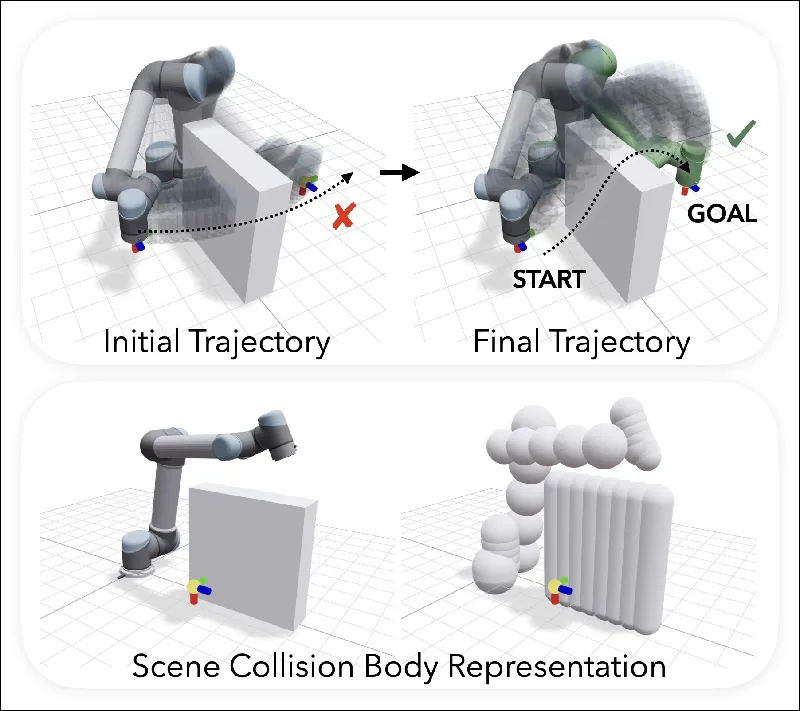Revolutionizing Robot Movement: Introducing PyRoki, the Cross-Platform Optimization Toolkit

In the ever-evolving field of robotics, achieving smooth and efficient motion is crucial. Researchers at UC Berkeley have introduced a breakthrough in this domain with PyRoki, a modular toolkit aimed at robot kinematic optimization. This innovative framework simplifies the complexities associated with robot movement and opens up new possibilities across a wide range of applications.
What is PyRoki?
PyRoki stands for Python Robot Kinematics and is designed to handle various robotic tasks such as inverse kinematics (IK), trajectory optimization, and motion retargeting. What sets PyRoki apart from existing tools is its modular and extensible nature, allowing users to define kinematic variables and cost functions flexibly. Additionally, it runs seamlessly on CPUs, GPUs, and TPUs, maximizing performance across different hardware setups.
Key Features of PyRoki
The core strengths of PyRoki lie in its modular design and high performance. It allows for the easy composition of optimization problems, which could traditionally require different tools for different tasks. This unification not only saves time and resources but also enhances the potential for experimentation and innovation in robotic applications.
Furthermore, PyRoki boasts a real-time web-based visualizer that allows developers to adjust cost functions interactively and observe the effects on robot motion instantly. This feature enhances usability, especially for those testing different kinematic scenarios without the need for extensive reprogramming.
Performance Improvements
According to the research paper, PyRoki demonstrates impressive performance metrics, achieving speeds 1.4 to 1.7 times faster than existing GPU-accelerated libraries. It efficiently tackles complex optimization problems while converging to lower error rates, showcasing its reliability in real-world applications. The toolkit's ability to utilize both analytical and automatic differentiation further contributes to its effectiveness, delivering robust solutions in less time.
A Broader Impact
PyRoki's implications extend beyond merely improving robot motion. Its flexible design supports a wide variety of robotics applications, from humanoid robotics to simple robotic arms. This tool promotes collaboration and innovation in robotics research and industrial robotics, as it readily accommodates custom objectives and diverse robots.
The toolkit aims to streamline the robotics development process, similar to how platforms like TensorFlow and PyTorch transformed deep learning. By enhancing the accessibility and efficiency of robotic motion planning, PyRoki paves the way for the next generation of intelligent robots capable of performing intricate tasks safely and effectively.
Conclusion
With its open-source framework and focus on extensibility and usability, PyRoki is set to transform how engineers and researchers approach kinematic optimization in robotics. As the field grows and diversifies, tools like PyRoki are essential for pushing the boundaries of what is possible in robotic movement. The future of robotic motion optimization looks promising, with PyRoki leading the charge into a new era of modular and efficient robotics.